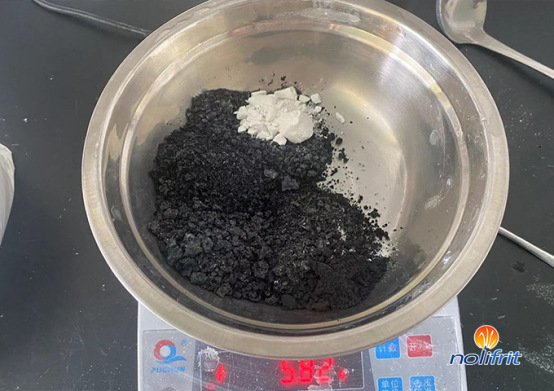Functions of Sodium Nitrite, Sodium Chloride, Urea
as Milling Additives For Enamel
When enamel manufacturers encounter obvious defects such as rough porcelain surface, low gloss, or even shrinkage, focus, and rust spots, it may be the problem of adding enamel additives. Therefore, it is very necessary to understand the functions of various enamel additives.

1. Sodium nitrite
The molecular formula is NaHO2, the molecular weight is 69.01, the density is 217g/cm³, the melting point is 271°C, and the decomposition temperature is 320°C. It is white or light yellow granular, rod or powder. It has strong hygroscopicity and slowly oxidizes to sodium nitrate in the air. It will decompose when encountering weak acid, releasing brown N2O gas. Contact with organic matter can burn and explode, and produce toxic and irritating salty nitrogen peroxide and nitrogen oxide gas. Soluble in water, slightly soluble in acid and ether.
NaNO, which belongs to the electrolyte, is generally added to the ground coat. It is mainly used to prevent rust spots on the iron billet, to prevent focal points after firing, and to significantly increase the consistency of the enamel slurry.
2. Sodium chloride
Molecular formula is NaCl, molecular weight 58.45, density 2.165g/cm³, white cubic crystal or fine crystal powder, salty, neutral, soluble in water, melting point 801°C, boiling point 1413°C.
Sodium chloride is also an electrolyte, mainly used in the ground coat, which can overcome the focus produced by the ground coat during firing.
3. Urea
The molecular formula is CO(NH2)2, the molecular weight is 60, the density is 1.335 g/cm8, and it is a colorless crystal. With solubility and slow weak reduction, the aqueous solution is neutral. The melting point is 132°C, and it will decompose when the heating temperature exceeds the melting point.
Urea is a post-adding auxiliary agent for cover coat. Its main function is to improve the operation performance of the coating and enhance the fastness of the powder layer to prevent defects such as shrinkage.
The introduction of urea must be strictly controlled. Excessive amount will cause the porcelain surface to be rough, reduce the luster, and even cause the porcelain surface to lose its luster in severe cases.